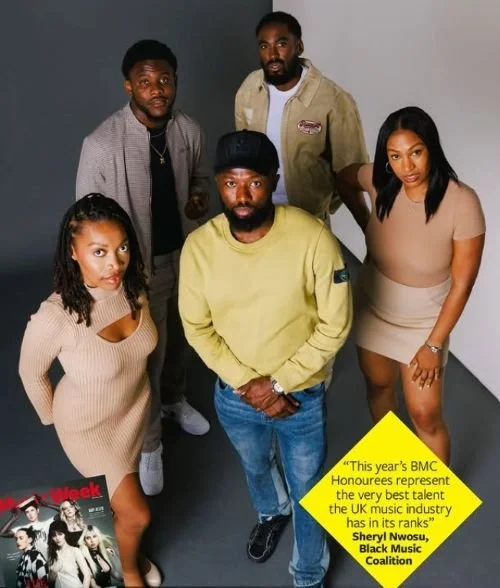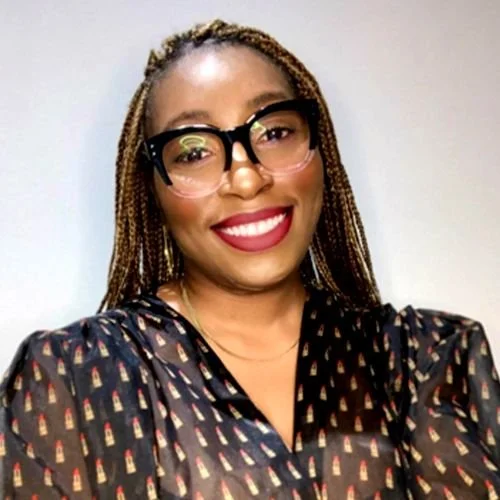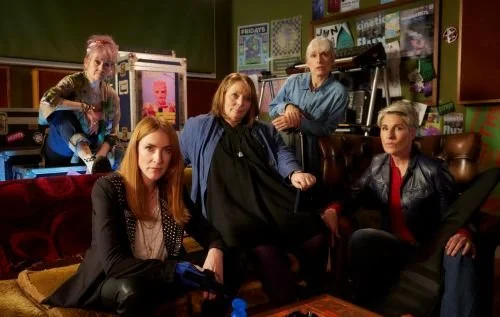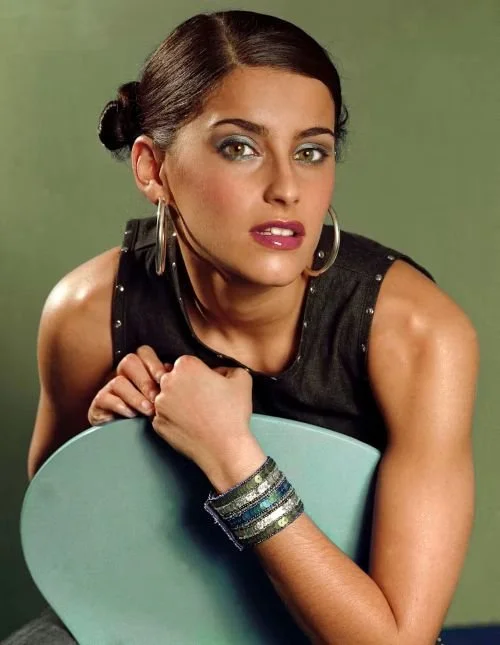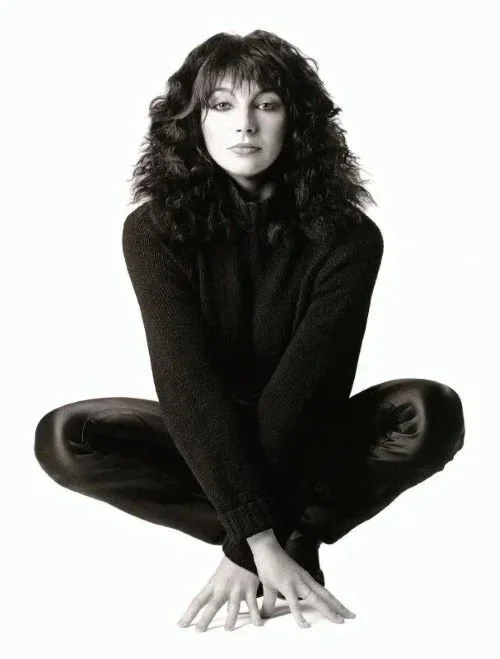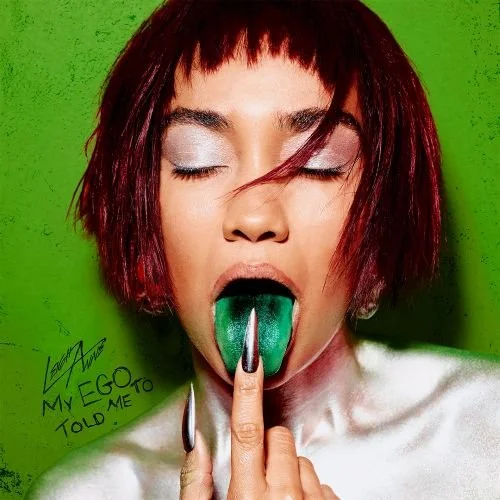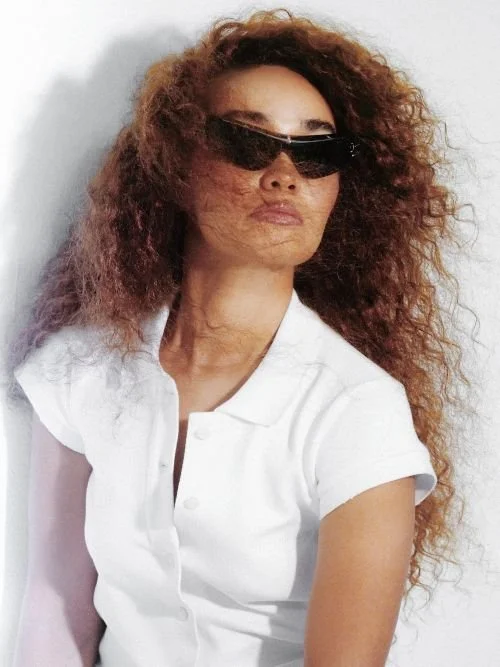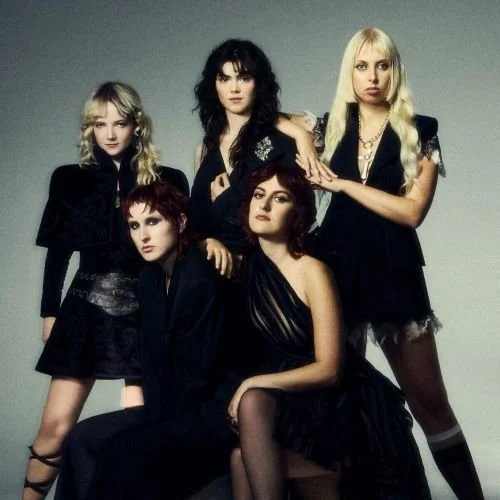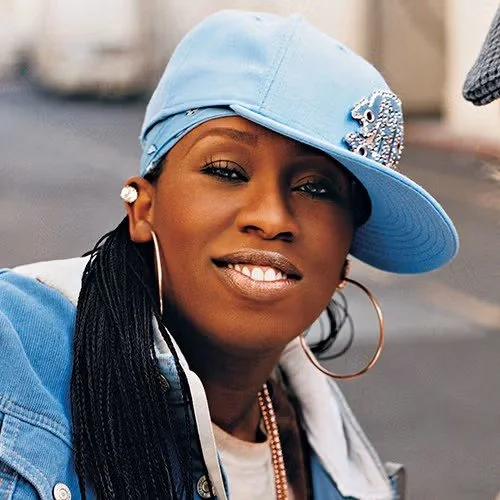FEATURE:
Beneath the Sleeve
Vince Guaraldi Trio - A Charlie Brown Christmas
__________
MAYBE Jazz…
is this genre where snobbishness still exists. Not necessarily the only genre, it is still synonymous with a certain attitude I feel. A lot of modern Jazz is more experimental than traditional Jazz. It is such a wide-ranging and evolving genre. Some are happy about this, whereas ‘purists’ feel Jazz should sound a particular way. This takes me to an album that did divide Jazz fans upon its release in December 1965, Vince Guaraldi Trio’s A Charlie Brown Christmas. I am marking sixty years of the album. As Christmas is next month, you might hear songs from this album. Since 1965, there has been a split opinion whether the album is pure or actual Jazz of something less authentic and lighter. Inarguably a classic and such a beautiful album, I will come to some features and reviews around this festive classic. You can buy a vinyl copy of Vince Guaraldi Trio’s A Charlie Brown Christmas here. The first piece I want to bring in is this. In terms of how the Jazz community views A Charlie Brown Christmas, maybe modern fans are more kind and can see its strengths. That has not always been the case:
“By the end of the 1950s Charles M. Schulz’s comic strip “Peanuts” had become a nationwide sensation with syndications in seven national US newspapers including the creator’s hometown Minneapolis Star, The Washington Post and Chicago Tribune.
With the everyday trials and tribulations of the “loveable loser” Charlie Brown, his iconic dog Snoopy and their ragtag bunch of friends becoming a global hit, TV producer Lee Mendelson hatched an idea for a documentary. While “A Boy Named Charlie Brown” never happened, it set in process one of the most viewed Christmas TV specials and successful yuletide soundtracks ever made.
For the score Mendelson had turned to pianist Vince Guaraldi. Raised in the North Beach area of San Francisco, Guaraldi was the nephew of Joe and Maurice “Muzzy” Marcellino, two prominent bandleaders in the Bay Area. It was through his mom’s two brothers that Vince got the music bug, starting on the piano when he was just seven. He got his break in 1953 when he appeared on The Cal Tjader Trio’s self titled 1953 album for Fantasy that helped introduce Mambo to mainstream America.
By the mid-1950s while still a member of Cal Tjader’s various ensembles, Guaraldi was leading groups of his own, recording albums for Fantasy like “The Modern Music of San Francisco” with his quartet as well his the debut as ”Vince Guaraldi Trio”. When he was invited to write a number for Antonio Carlos Jobim/Luiz Bonfá 1962 album, “Jazz Impressions of Black Orpheus” the wind was firmly in his sails.
After the success of “Cast Your Fate to the Wind” Fantasy released the live album “In Person” followed by a series of Bossa Nova influenced albums with Brazilian guitarist Bola Sete. An unexpected turn came when Reverend Charles Gompertz invited Guaraldi to compose a jazz mass for the choir of Grace Cathedral, San Francisco, with a subsequent album on Fantasy in September 1965. Both projects would prove pivotal in the story of “A Charlie Brown Christmas”.
Two years earlier Lee Mendelson was driving over Golden Gate Bridge when he heard “Cast Your Fate to the Wind” on the KSFO radio show hosted by Al “Jazzbo” Collins. The mood of the piece (awarded a Grammy Award Best Original Jazz Composition in 1963) immediately connected with Mendelson who had his ears tuned to possible music for his forthcoming documentary. “It was melodic and open, and came in like a breeze off the bay. And it struck me that this might be the kind of music I was looking for,” he recalled in the book “A Charlie Brown Christmas: The Making of a Tradition.”
Introductions were made by music critic Ralph J. Gleason, and Guaraldi penned the first track of a then untitled number. That track would become “Linus And Lucy” from the album “Jazz Impressions Of A Boy Named Charlie Brown” released in 1964 despite the documentary for which it was composed never being made.
While the project was shelved because of lack of sponsorship, Guaraldi had so impressed Mendelson that he would turn to him again when he and Schulz were commissioned by Coca Cola to create the Peanuts animation “A Charlie Brown Christmas”.
Recorded by the Vince Guaraldi Trio (with drummer Jerry Granelli and bassist Fred Marshall) “A Charlie Brown Christmas” opened with a version of “O Tannenbaum” chosen as the show was based around Charlie’s search for the perfect Christmas tree.
Elsewhere on “Great Pumpkin Waltz” Guaraldi created one of his many lilting 3/4 time numbers, while “My Little Drum” updated “Menino Pequeno da Bateria” from Vince Guaraldi and Bola Sete’s 1964 album “From All Sides”.
Then there was “Hark, The Herald Angels Sing” and “Christmas Time Is Here” where the pianist invited back the children from the Eucharist Chorus of San Francisco, for the two beautiful choral numbers that opened and closed the 30 minute animation that first aired on CBS on December 9, 1965.
Of the best known original composition “Linus And Lucy”, revisited for this Peanuts special, Mendelson captured the magic in the music when he recalled in “Vince Guaraldi at the Piano” a book by Derrick Bang from 2012. “It just blew me away. It was so right, and so perfect, for Charlie Brown and the other characters…There was a sense, even before it was put to animation, that there was something very, very special about that music”.
It is worth highlighting the merits and strengths of Vince Guaraldi Trio’s A Charlie Brown Christmas. I was always aware of the music from it, and the Charles M. Schulz T.V. special. Maybe I saw that in the 1990s. However, I can happily listen to the album in isolation, as the music alone is captivating. This is what Rolling Stone noted a decade ago when they celebrated fifty years of a classic soundtrack:
“The legend goes like this: In 1963, producer Lee Mendelson made a documentary about Peanuts cartoonist Charles M. Schulz, for which he needed music. One night, Mendelson was driving over the Golden Gate Bridge, tuned into a San Francisco jazz station. “Cast Your Fate to the Wind” came on the air, a drifting cut where melodies appear and then disappear, and bouncing elation is matched by tiny moments of despair. The track was pianist Vince Guaraldi’s mini-hit that year, and Mendelson was struck by how it sounded simultaneously adult and childlike. The next day, he called up the San Francisco Chronicle‘s jazz critic, Ralph J. Gleason. “Do you have any idea in the world who Vince Guaraldi is?” Mendelson asked. “Yes, as a matter of fact, I’m having lunch with him tomorrow,” Gleason said. Mendelson met Guaraldi a few days later, and they agreed to work together.
The documentary ultimately didn’t sell. But two years later, Coca-Cola, who had seen the doc, called up Mendelson, and asked if he’d ever thought of making a Christmas special. Mendelson said, “Absolutely!” and hung up the phone, then called Mr. Schulz. As Mendelson remembers it: “I said, ‘I think I just sold A Charlie Brown Christmas.’ And Schulz said, ‘What in the world is that?’ And I said, ‘It’s something you’re going to write tomorrow.’ There was a long pause, and he said, ‘Alright. Come on up.'”
The rest, of course, is history. A Charlie Brown Christmas aired 50 years ago, on December 9th, 1965. Over the years, the special has become a perennial classic: the 25-minute story of wistful Charlie Brown and his struggle to find the true meaning of Christmas in the face of holiday-season commercialism. “I almost wish there weren’t a holiday season,” he sighs, at the story’s beginning. “I know nobody likes me. Why do we have to have a holiday season to emphasize it?” The genius of A Charlie Brown Christmas was the way it channeled the looming sadness and anxiety that come with the holidays — and the way its timeless, best-selling soundtrack by the Vince Guaraldi Trio tapped into that narrative seamlessly, with muted, melancholic jazz.
Indeed, to create such an unabashedly anti-consumerist story with the backing of both Coca-Cola and CBS was a subtly radical accomplishment in 1965, as it would be now. The executives at CBS were displeased with the finished product: its slow-moving animation, its religious undertone, its jazz soundtrack. They had no choice but to air it, though — they had already advertised it in TV Guide.
“They wanted something corporate, something rousing,” says drummer Jerry Granelli, the lone surviving member of the Guaraldi combo. “They thought the animation was too slow. They really didn’t like that a little kid was going to come out and say what Christmas was all about, which wasn’t about shopping. And then the jazz music, which was improvised — you know, the melodies only take up maybe 30 seconds.” Yet A Charlie Brown Christmas was an immediate, massive success”.
The penultimate feature I want to bring in is actually a review of the 2006 reissue of A Charlie Brown Christmas. Pitchfork were in praise of a truly timeless soundtrack. I think this is one that you can introduce to someone very young and they would not need context. It is a record that continue to amaze and delight six decades after its release. I have been playing it again and marvelling in its beauty and emotion-provoking magic:
“Playing a smooth brand of West Coast jazz comparable to Dave Brubeck or a very snappy Bill Evans, and having scored a modest pop hit with “Cast Your Fate to the Wind,” Guaraldi made an easy choice in 1963 for television producer Lee Mendelson as composer for a documentary on Schulz and Peanuts. The doc was made, but never aired; apparently, the networks didn’t want kids hearing any unnecessary “adult” thoughts about Peanuts. So when plans for A Charlie Brown Christmas came to fruition in 1965, Guaraldi’s music—including the classic “Linus and Lucy” theme—got its chance. The rest is history: The special has been rebroadcast every year since its premiere and, though Guaraldi’s death of a heart attack in 1976 (in between sets at a club no less) prevented him from seeing the full extent of his influence on popular culture, it would be hard to name a more recognizable cartoon theme, give or take a Danny Elfman piece.
But then the reissue of Guaraldi’s soundtrack for A Charlie Brown Christmas has a lot more going for it than “Linus and Lucy.” Melancholy covers of “O Tannenbaum,” “What Child Is This?,” “The Christmas Song,” and “Hark, the Herald Angels Sing”—and yes, it has the Peanuts kids singing “loo-loo-loo, l-loo-loo-loo-loo”—make for the perfect dysfunctional holiday music. Certainly, I will make a point this year to get too drunk, thereby spending the week after Christmas listening to this record and regretting telling off my grandma. However, it doesn’t have to be so bad; Guaraldi’s rolling, snow-mystic touches on “What Child Is This?” or his reconstruction of “Little Drummer Boy” as the minimalist bossa “My Little Drum” are hypnotic, faithful mappings of the rhythm of snow falling, or the reflections of people walking by store windows.
And “Linus and Lucy” is here in all its deceptively simple glory. In fact, the motive bass line and a perfect realization of the melody are patterns that should be taught to all beginning piano students as models of efficient finger technique. The closest parallel to this music is Philip Glass, and really, “Linus and Lucy” is a lot more interesting than anything Glass has done in years. Guaraldi’s “Christmas Is Coming” is similarly kinetic, shining with the kind of understated elation you’d expect for any music soundtracking the misadventures of kids always ready to celebrate while perpetually shown the downside of Christmas. If there’s a muted quality to a lot of this music, it’s smiling nonetheless.
The reissue includes alternate takes of several tracks, and great liner notes detailing the history of the project. Even the cover is cool, with an animation still and foldout, faux LP-style jacket. If all of this screams “stocking stuffer,” please don’t let me stop you. Nostalgic though it may be, anything that’s as full of introspection, empathy, disappointment, loneliness, and the perpetual hope of better things around the corner can’t be all bad. Like the strip, Guaraldi’s songs here are small, observant miracles”.
I am going to wrap things up with this feature from 2022. Turning sixty in December, I do hope to see new features written about A Charlie Brown Christmas. A masterpiece from the Vince Guaraldi Trio – you can read about Guaraldi’s other albums here -, this is one that is going to be passed through the generations. The Christmas special that it scored is also this perennial favourite:
“Apparently, not all jazz aficionados share my exalted opinion of the Vince Guaraldi Trio’s A Charlie Brown Christmas (1965), which may or may not be the greatest jazz album of all time but is certainly the Sgt. Pepper’s, maybe even the Saint Matthew Passion, of televised cartoon soundtracks. In their Penguin Guide to Jazz Recordings, Richard Cook and Brian Morton dismiss Guaraldi as “a harmless pop-jazz pianist,” “the lightest of the lightweights.” A few more phrases might suggest their tone: “about as hot-blooded as a game of dominos,” “relentless triviality of the material,” “mild unambitious variations,” and, most damning of all, “If this kind of music appeals…” Well, this kind of music does appeal, and if it makes you (or me) feel any better, Wynton Marsalis and some other heavyweights greatly admire Guaraldi too. I probably wouldn’t understand what Marsalis likes about A Charlie Brown Christmas, but I like the relaxed brushing of the snare drum, the creaking of the fretboard on the upright bass, the ripple-in-water effect of the spreading piano chords, all those things I never hear in rock ‘n roll. Despite the shocking absence of electric guitar solos, the music feels embracing, partly because the songs remain songs, not intimations of A Love Supreme and other things that I will never understand. “O Tannenbaum,” for instance, which leads off the album, is still “O Tannenbaum” even when Guaraldi breaks into a “mild unambitious variation” after a mock solemn introduction.
Whether in the final analysis A Charlie Brown Christmas is anywhere near as good as I think it is hardly matters. There are lots of important and influential jazz records out there; maybe this isn’t one of them. I still don’t like a lot of things about jazz, especially the endless saxophone solos, frequently as pointless and indulgent as their rock and roll equivalents on guitar. Most of all I dislike the priestly solemnity of some of its gatekeepers. But at least A Charlie Brown Christmas gives me a sense of what all the fuss is about. My God, maybe the jazz snobs are right! It is a highly evolved musical form which we owe it to ourselves to experience, even in the unlikely form of a soundtrack album for a children’s cartoon show whose songs are played at Christmastime in every shopping mall and food court in America. Maybe not the least of Guaraldi’s achievements is that he composed a soundtrack almost as memorable as the disturbing story of the depressive ten-year-old with the round head and ethical aspirations too large for the world he so uncomfortably inhabits”.
Maybe it is a little premature to play a Christmas album at this moment, though this is one that is suitable all year round, I feel. It has that sense of wonder about it that I don’t feel it can strictly be reserved to Christmas. Go and investigate this phenomenal album. A Charlie Brown Christmas, sixty years after it came out…
STILL leaves an impression.












